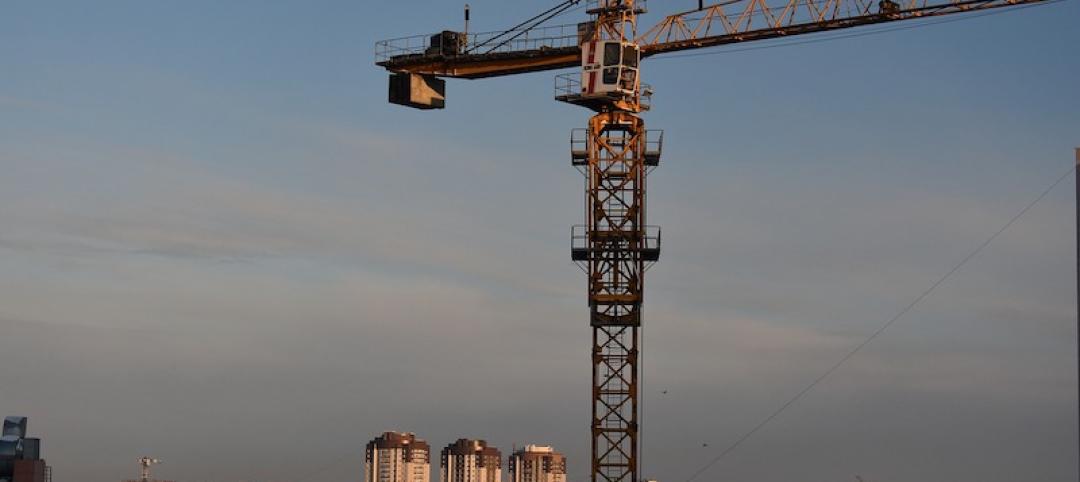New Florida building code legislation will allow building owners to postpone for several years a requirement for all new and existing buildings to provide minimum radio signal strength for fire department communications.
The code change that requires installation of necessary equipment and wiring in most commercial and multi-family buildings was to go into effect immediately, with no grace period. The provision, which necessitates opening up sections of walls and ceilings, has been estimated to cost over $1 million for some large structures.
A recently enacted update to the legislation provides for existing non-residential buildings to install the radio enhancement systems by Jan. 1, 2022, if owners submit their application for the installation permit by Dec. 31, 2019. Existing apartment buildings (including residential condominiums) are not required to install radio enhancement systems until Jan. 1, 2025, if they apply for the appropriate permits by Dec. 31, 2022.
The legislation now allows unit owner associations to stretch out special assessments over a number of years.
Related Stories
Codes and Standards | Jan 2, 2020
White paper focuses on Metal Composite Material labeling
Document part of effort to uphold industry standards for the product.
Codes and Standards | Dec 18, 2019
Hard Rock Hotel collapse in New Orleans puts spotlight on undocumented workers
Having helped rebuild the city after Hurricane Katrina, many under threat of deportation.
Codes and Standards | Dec 18, 2019
Maryland lawmakers take on blocked sidewalks during construction projects
Legislation clarifies developers’ responsibilities.
Codes and Standards | Dec 18, 2019
New York City passes legislation to prevent bird strikes on buildings
Requires bird-safe materials on first 75 feet of a structure.
Codes and Standards | Dec 16, 2019
New Buildings Institute seeks entries for Zero Buildings Database
Listing illustrates feasibility of ultra low-energy buildings.
Codes and Standards | Dec 13, 2019
USGBC launches new tool to prioritize sustainability strategies
Highlights building design features that can lead to better performance.
Codes and Standards | Dec 12, 2019
Coalition calls for consistent building data disclosure regulations in Canada
Major real estate firms are driving the effort.
Codes and Standards | Dec 10, 2019
Utilities rolling out more grid-interactive efficient building programs
Focus is on energy savings and demand flexibility.
Codes and Standards | Dec 9, 2019
Canada’s Zero Carbon Building Standard reports first 10 certifications
Projects include new and existing offices, schools, and warehouses.
Codes and Standards | Dec 6, 2019
New research examines flood mitigation policies in the U.S.
Thirteen states or cities have adopted effective measures; some restricting development in vulnerable areas.

















